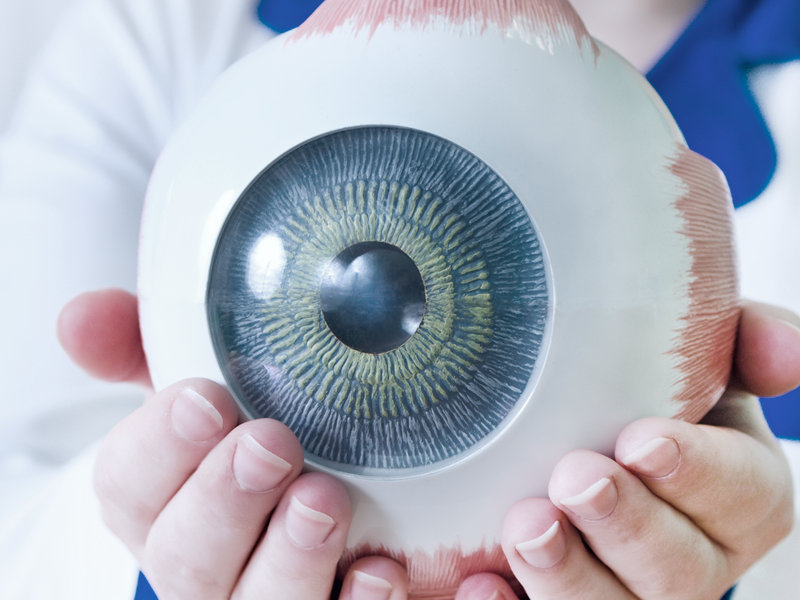Dr. María Iglesias, Barraquer collaborator, obtains a new award for her LASIK tonometer
12/04/2024
19/12/2018
The crystalline lens is a transparent lens that, over the years, or for specific reasons, becomes opaque, taking on a colour that can range from yellow to brownish-black in the most advanced cases. The term cataract is used to refer to a crystalline lens that has lost its transparency.
Cataract types can be classified based on their cause or even according to the opacified area of the crystalline lens.
-Senile cataracts are the most common and are age-related.
-Metabolic cataracts appear in association with metabolic diseases, the most common being diabetes mellitus.
- Congenital cataracts are present at birth or develop over the first few months of life. Their appearance may be associated with genetic factors or a disease suffered by the mother during pregnancy, such measles or toxoplasmosis.
- Traumatic cataracts come about after eye trauma.
- Toxic cataracts are associated with chronic use or abuse of pharmaceuticals or drugs—corticosteroids being the most common cause.
Furthermore, depending on the area of the crystalline lens that has opacified, we can distinguish:
- Nuclear cataracts, where the nucleus or centre of the crystalline lens is the area which has mainly opacified. This type of cataract usually develops slowly and affects near and distance vision. They are the most common and are usually age-associated.
- With cortical cataracts, the outer edges or envelope of the crystalline lens opacify. They are less common than nuclear cataracts and more often affect near vision.
- Posterior subcapsular cataracts develop on the outermost layer of the crystalline lens: the posterior capsule. These types of cataracts usually progress quite quickly, and glare accompanies them.
The careful observation and description of a cataract during the slit-lamp exam is highly pertinent for the production of each patient's ophthalmic clinical history. On one hand, it helps to assess the progression of the cataract from one consultation to the next; on the other hand, its type and grade determine the choice of surgical technique used to remove it, and flag up possible interoperative risks for each individual patient. Dra. Paola Sauvageot
